Overview
Map
Other Details
كنيسة مار مارون
Hayata
Keserwan
Mount Lebanon
كنيسة مار مارون - حياطة بنى أهالي الحياطة كنيسة مار مارون وهي على شكل عقدٍ مصالب سنة ١٨٨٠. كرّسها المطران يوحنّا الحاج (البطريرك لاحقًا)، وقد أوحى وجه هذا الأسقف الفنّان حبيب سرور ليرسم لوحة مار مارون برصانته. تضمّ الكنيسة لوحة البشارة للخوري موسى ديب الدلبتاوي. رمّمت الكنيسة سنة ٢٠٠٨. The Church of St Maroun - Haiyatah The villagers constructed the parish church of St Maroun in 1880. The structure is a cross-vault building. It was consecrated by Bishop Youhanna El Hage (later Patriarch) whose face, due to his serenity, served as a model for that of St Maroun when the painting was created by Habib Srour. The church also features an Annunciation painting by Fr Moussa Dib from Dlebta. The church underwent restoration in 2008.
Visited 2320 times, 5 Visits today
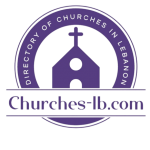
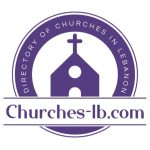

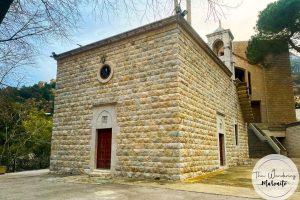
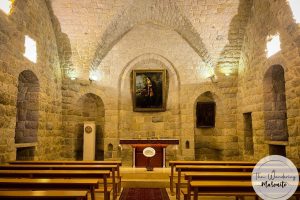
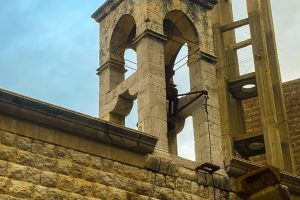
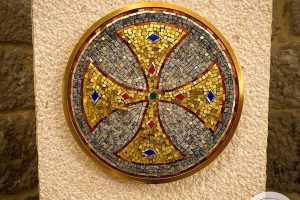
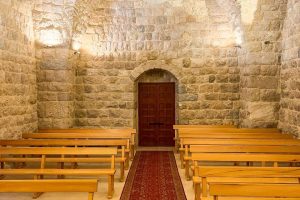
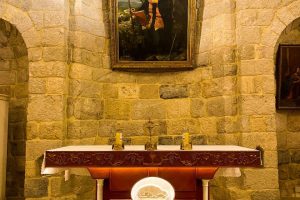
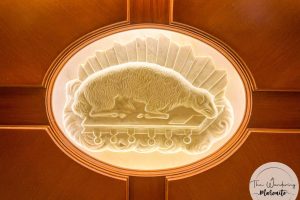
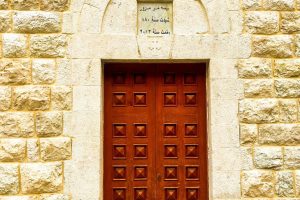













Reviews are disabled, but trackbacks and pingbacks are open.